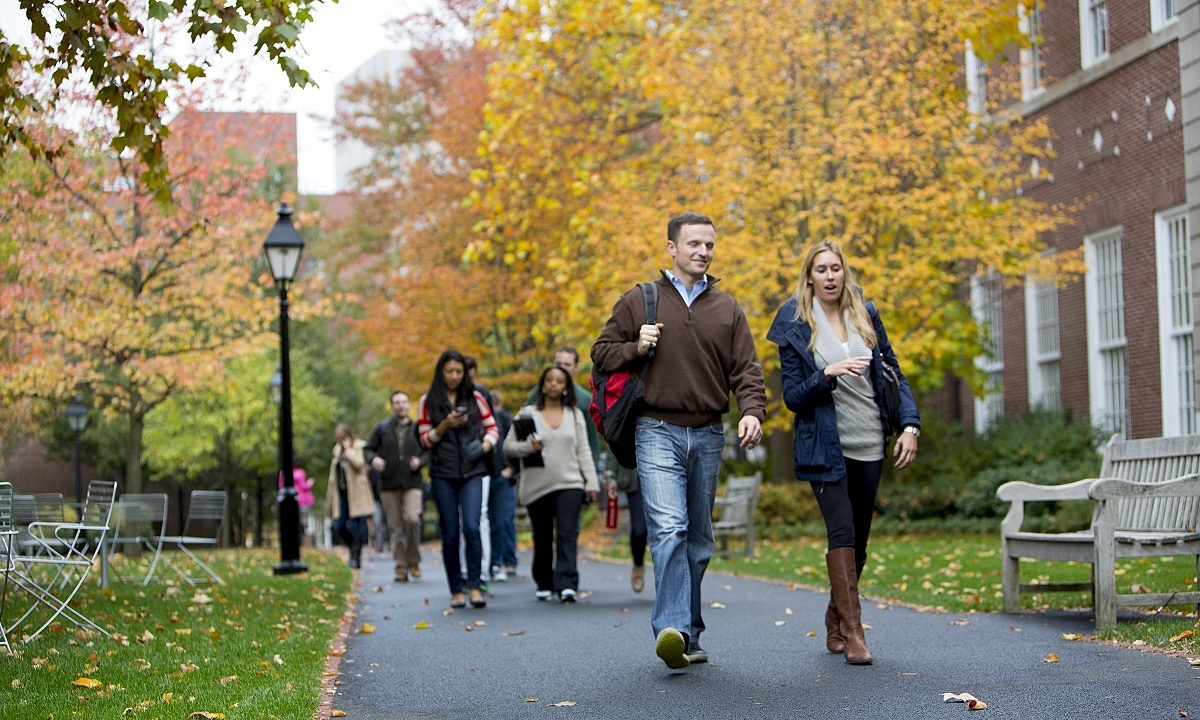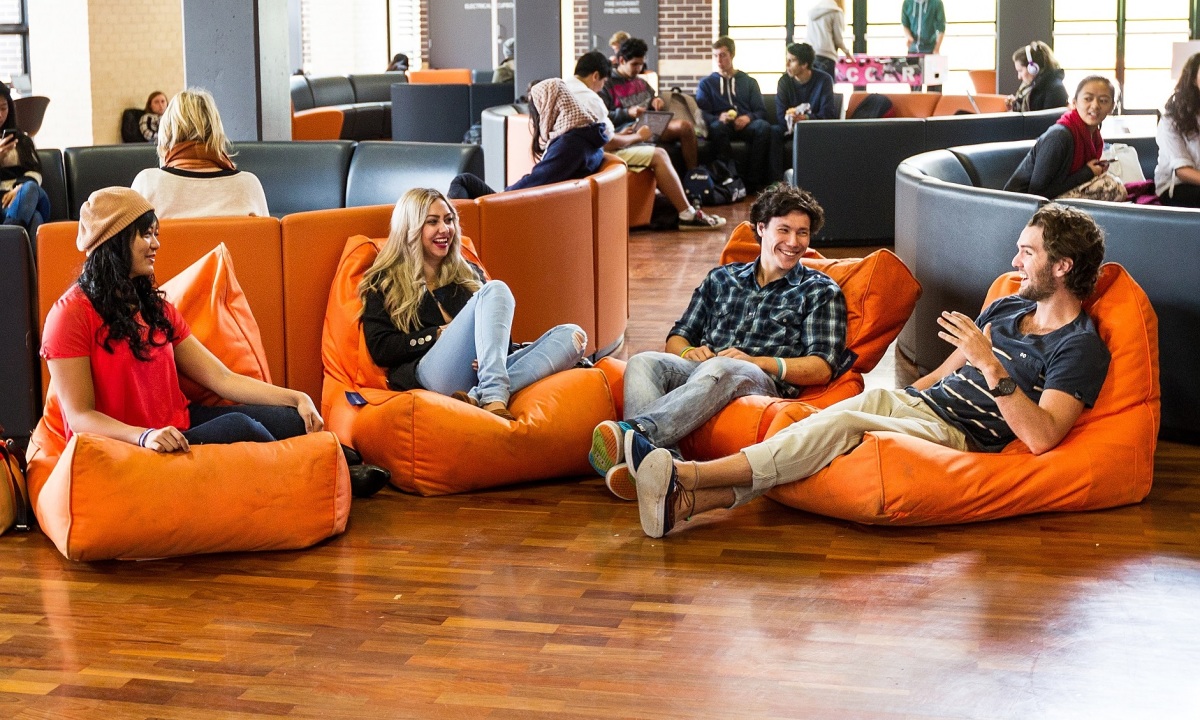[ad_1]
Street Data encourages teachers to gather data in a way that is “humanizing, liberatory and healing.” Schools typically collect data – such as test scores, attendance or disciplinary rates – to identify deficits and pain points. The authors describe this as satellite data, which might be an aggregate of test scores for an entire grade or a data point about how many students get detention in a given year. It focuses on patterns of achievement, equity and teacher quality retention. However, two additional types of data can help:
- Map data is more focused than satellite data. It can be used to identify skill gaps, pointing educators and school leaders in a slightly more focused direction. Examples include rubric scores and student, staff or parent surveys.
- Street data illuminates student, staff and parent experience. It is qualitative, relying on anecdotes, interviews and conversations to inform and shape next steps.
While all three levels of data provide important information, in many districts satellite data is usually the most readily available.
“The systems and structures are in place to get that data easily,” says David Haupert, a Hayward Unified School District principal. “It comes right to a portal and it’s color coded and disaggregated.”
However, teachers like Baxter are shifting towards techniques that provide street or map level data, using firsthand information from students to shape their learning experiences.
“My job asks ‘How do I adapt and give them accommodations so that they can work at a level where they can actually achieve?’” says Baxter
School-wide Connectedness Screener
New data practices aren’t only being used in Hayward at the classroom level. Principal Haupert has been using map data to change how his school collects student input about school climate. Initially, only fifth grade students were expected to complete the California Healthy Kids Survey and very few students ended up filling it out. “It meant that for a school of 350 students, we were basing our understanding of school climate on a survey that maybe 12 to 13 students took,” says Haupert.
He and other teachers collaborated on a new school connectedness and well-being screener for all elementary school students that they will give at the beginning and end of every school year. The survey asks questions like “Is there a grownup at school I trust to talk to if I have a problem?” and “Do you feel safe at school?” The new screener is shorter, inviting and produces data that is more robust and meaningful than results from the California Healthy Kids Survey, says Haupert.
While the new screener gets more responses from students, Haupert has had to work with teachers to make sure they feel comfortable with collecting data. “The intent of collecting this data is to determine whether or not we meet our annual school goals related to student climate,” says Haupert. “There’s a real fear around what this data is going to be used for. Is it going to be used to say that I’m doing something wrong or bad?” He makes sure that when implementing unfamiliar data practices, he’s clear about his intentions with how the information will be used. That has meant building – and in some cases repairing – the often fraught relationship between teachers and administrators. “It’s not to do a ‘gotcha,’” says Haupert about collecting data. “It really is to check in on our students.”
Empathy Interviews
With an intention to build a culture of compassion and care, San Mateo High School’s assistant principal Adam Gelb relied on another street data strategy: empathy interviews. Empathy interviews are a structured way for teachers and administrators to listen to how a student thinks about a specific challenge or topic that the school wants to address. An educator or school leader identifies at least five students that they think will bring important insights to the topic and each student is asked the same open ended questions. “One of the most rewarding questions for me as the interviewer to ask either students or fellow staff was to dream big with me: if you could change anything about our school, what would it be?”
Based on the feedback they received from the interviews, Gelb and his colleagues chose to take a closer look at their grading and assessment practices. They’ve been focusing on how to make grading more equitable and considering how to ensure students have access to materials and support needed to complete their assignments. To Gelb, empathy interviews were more effective than sending a survey to students because they gave more insight into the nuances in individual students’ experiences. For instance, a prospective first generation college student who was out for 10 days with COVID can speak to things that might get lost or flattened in general survey data, says Gelb.
As a school, they’ve scheduled time to come together to discuss next steps for changing their grading practices. “[We’re] really taking a deeper dive and a closer look at how specific teachers feel about their grading practices, having them reflect publicly, then breaking in small groups and saying, ‘Okay, what practices do you actually feel like you have to hold on to?”
Empathy interviews also made their way into San Francisco Unified School District, where Presidio Middle School principal Emma Dunbar and several educators spoke with their most marginalized learners about literacy. They asked questions like “What helps you feel confident to speak in class?” and “How is class structured so you can talk about what you’re learning?” Students who participated in the interviews said that they enjoyed classes where they could share their ideas, but said they didn’t have opportunities to share their perspectives. “Everybody interviewed students about reading and then intentionally chose literacy strategies to adopt in response to what they heard from students.” Even the PE department developed a literacy strategy, which highlighted ways to listen with your whole body through active listening and body language.
“It’s important to be able to go back to students and let them know what we heard, what we have been able to do and what we still have questions about or are not able to do,” says Dunbar about staying accountable to students and making sure they’re still willing to continue sharing their thoughts even when their feedback isn’t immediately implemented. Still, empathy interviews and the access it has granted to student voice has helped them to better serve students. “We have consistently seen literacy grow over time and done empathy interviews again.”
Kiva Panels
Marlo Bagsik, an 11th grade English teacher at Peninsula High School in Burlingame, California gravitated towards gathering and sharing street data to advocate for students’ needs to the district. Because Peninsula High school is a continuation school that caters to students who are off-track for graduation, there are often stereotypes and misunderstandings about who students are and how to serve them, says Bagsik. He is familiar with making space for student voices in the classroom. “But oftentimes that’s lost in translation when you come to big meetings and look at satellite data,” he says. “So what street data does is help center the voices and experiences and the realities of our students.”
Bagsik’s students recorded a Kiva Panel – a facilitated discussion with a diverse group of participants – to capture students’ input about their learning environment and what they would like to see going forward. Students answered questions like “Have you encountered discrimination during your schooling experience?” and “Did the discrimination come from peers, personnel, from the system itself?” and “How do you feel now at your current site?”
They uncovered that several students had felt forgotten and isolated at many points in their educational experience. The Kiva Panel recording was shared with over 600 district and school employees. Many were shocked when they heard that students didn’t feel like they had relationships with staff at previous school sites or that they didn’t feel seen by teachers or administrators. It also highlighted the humanizing and relationship building practices Bagsik and other teachers were using to create safe and caring spaces for Peninsula High School’s students. “I think it really impacted the community at large because it showed them what it takes to center the voices that are at the margins,” he says. “Oftentimes school is not a place that is equated with vulnerability these days.”
[ad_2]
Source link







